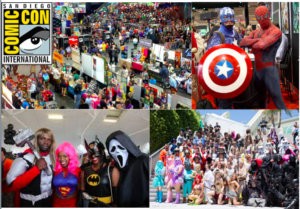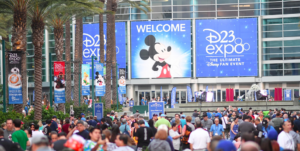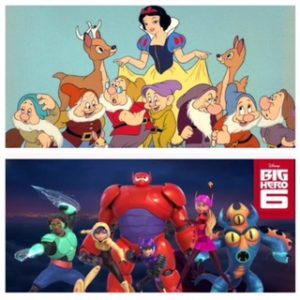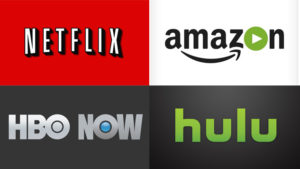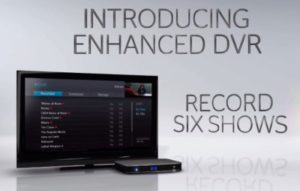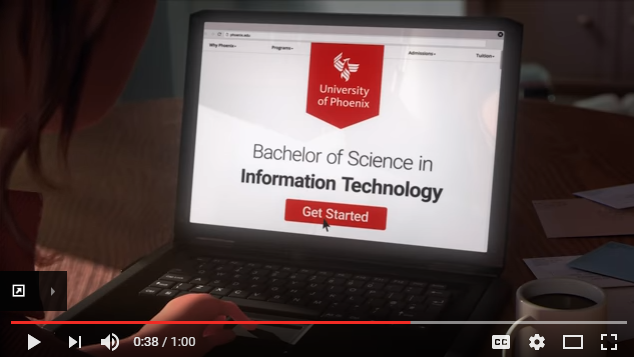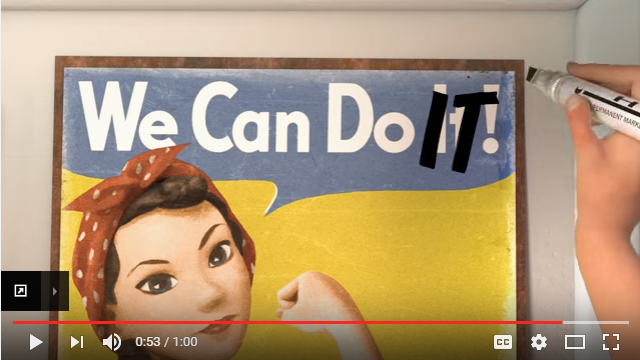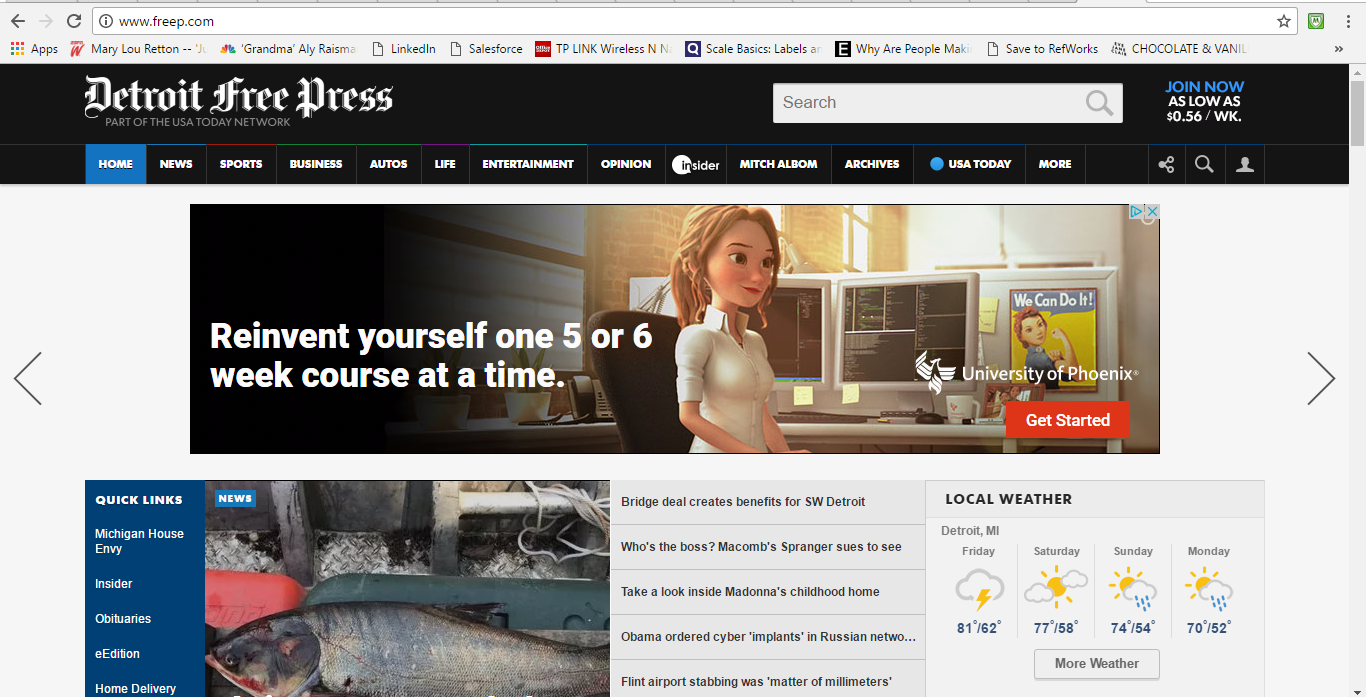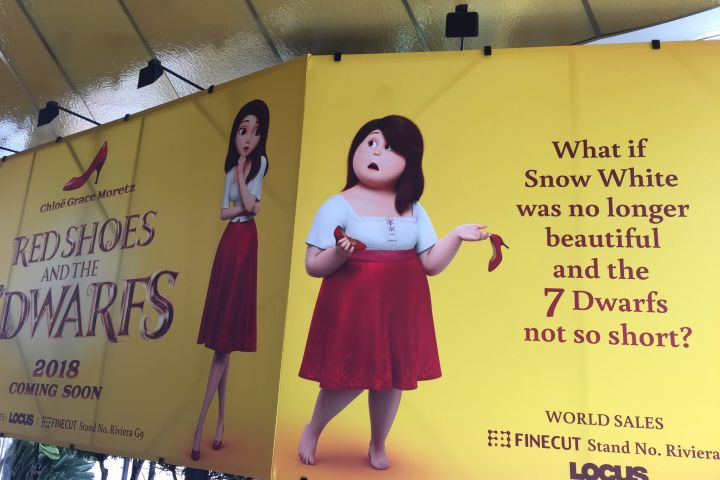As companies compete for the eyes, ears, and hearts of audiences everywhere, they continue to push the envelope with their direct-to-consumer initiatives. This is increasingly clear in the growing number of conventions targeting fans across the nation – and the world. Arguably the one that receives the most publicity, possibly due to the insanely passionate fans, is Comic-Con International: San Diego which launches in just a few days and runs July 20-23, 2017. At the annual Comic-Con convention, consumers receive updates on the latest content releases and are immersed in all-things pop culture, while also getting the opportunity to meet or “be” their favorite celebrities and characters.
The first Comic-Con was held almost fifty years ago in 1970, as a group of comic book, film, and science fiction fans wanted to get together to build awareness and raise money for a larger convention. Only 100 people attended but the one-day event was considered a success and the show continued to grow until it reached its current attendance of roughly 130,000 consumers over a four-day period. Comic-Con has become such a “must-attend” convention that local comic-themed consumer events have successfully been introduced in cities across the nation, giving fans the opportunity to get in on the cosplay action in their own neighborhood.
Trade shows, as the name implies, originally targeted the trade — retailers, manufacturers, distributors, and licensees — the professional side of a wide variety of industries as they convened on how to grow business and reach consumers. The ‘trade show’ has evolved as company and consumer interests converge, and organizations leverage the benefits and opportunities of speaking directly to consumers — and consumers demand closer relationships with the business world through their active engagement and communication in the social media space.
Just as Comic-Con’s initial goals were to create awareness and launch fundraising initiatives, the objectives for fan-based conventions are similar today. Additionally, consumers can get a “front row seat” to all-new company announcements and celebrity interactions, which they then share with friends on social media to boost awareness, build excitement, and spur engagement more organically.
This weekend is D23, Disney’s fan club that connects with Disney fans every two years near Disneyland in Anaheim. Other favorites over the years connect trade shows for business and a day or two for the ‘general public’ such as with Toy Fair and BookExpo. Whatever your passion or interests — from concrete to toys — there’s most likely a show coming soon to a town near year.
What are your favorite conventions? Are you planning to attend any shows – either for business or pleasure?
References
Comic-Con. https://www.comic-con.org
D23. https://d23.com
History of Trade Shows. http://www.trade-show-advisor.com/history-of-trade-shows.html
Top 100 USA Trade Shows. https://www.absoluteexhibits.com/top-100-usa-shows/

